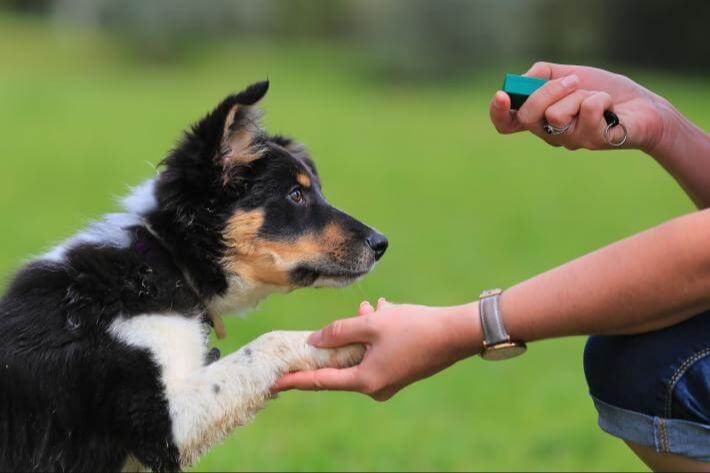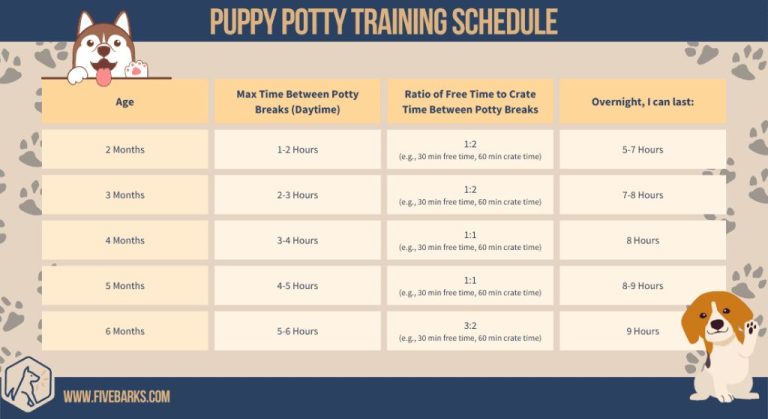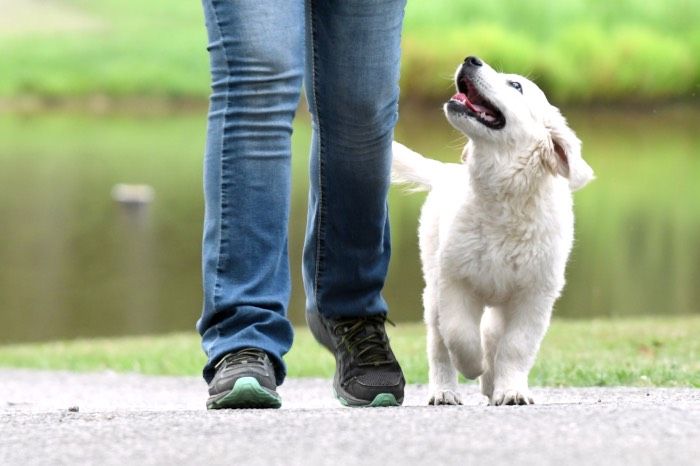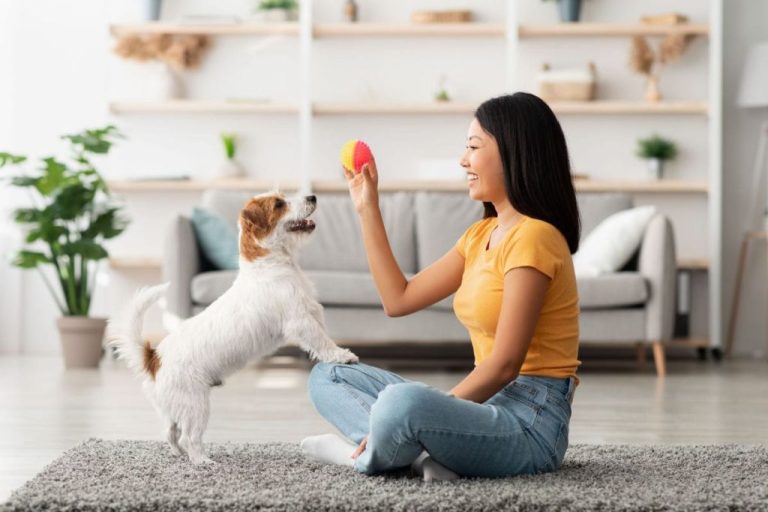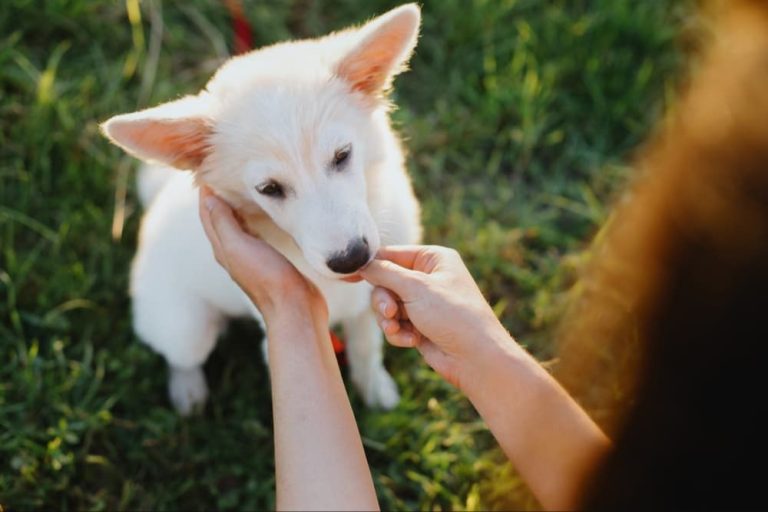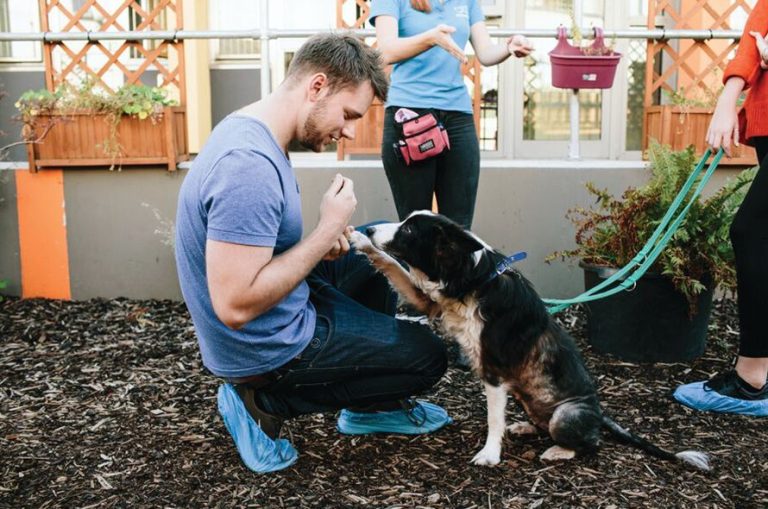Leash Reactivity Training: Managing Your Dog’S Behavior On Walks
What is Leash Reactivity?
Leash reactivity refers to a dog that displays unwanted behaviors like barking, lunging or pulling when on a leash and exposed to triggers such as other dogs, people, or loud noises. The Animal Humane Society defines leash reactivity as “barking, lunging, spinning, and other distressed behaviors that your dog displays when on a leash.”
Common triggers for leash reactivity include:
- Other dogs
- People
- Noises like traffic, construction, or loud voices
- Bicycles, skateboards, or other fast-moving objects
Signs of leash reactivity often include:
- Lunging or jumping towards the trigger
- Barking excessively
- Growling
- Snapping or nipping
- Spinning around in circles
- Stiffening of the body
These behaviors stem from fear, frustration, over-excitement, or a desire to chase. While alarming, leash reactivity does not necessarily mean a dog is aggressive. It often indicates anxiety, stress, or poor socialization.
Why Does it Happen?
Leash reactivity often stems from a dog’s evolutionary instincts and lack of proper socialization. Dogs naturally have territorial instincts and can view other dogs as a threat when on leash because they feel trapped or unable to flee (Best Friends Network). The leash inhibits their ability to communicate properly through body language and distance, while also preventing normal flight responses.
Fear and anxiety are also major causes of reactivity. A dog may become fearful due to a lack of pleasant experiences meeting other dogs when young. Without proper socialization as a puppy, they may see other dogs as scary or unpredictable. This anxiety can cause them to react strongly when on leash because they feel trapped and unable to escape the perceived threat.
Dogs that are frustrated by being restrained on a tight leash may also react defensively as a way to release pent up energy. They may bark and lunge due to an inability to investigate other dogs or the environment while leashed (Noble Woof). Proper socialization, training, and exercise can help prevent reactivity stemming from territorial instincts, fear, anxiety or frustration.
Is it Aggression?
There is an important distinction between reactivity and aggression. Reactivity is often fear-based and stems from a lack of proper socialization rather than a desire to be aggressive [1]. Leash reactivity manifests as lunging, barking, growling or other dramatic responses when a dog sees another dog, person, or other trigger while restrained on a leash. However, the same dog may interact politely with dogs when off-leash at a park. Reactivity is an overreaction motivated by fear rather than a true desire to harm.
In contrast, true aggression is driven by a deliberate intent to harm. An aggressive dog may bite or attack even when unrestrained. While proper training is crucial for both reactive and aggressive dogs, it’s important to understand the underlying motivation in order to provide the right type of training. Reactivity training focuses on building confidence, changing emotional responses to triggers, and counterconditioning. For genuinely aggressive dogs, training will focus more on building impulse control, establishing rules and boundaries, and safely managing behaviors.
When to Seek Professional Help
In severe cases of leash reactivity, or if you find you are unable to make progress on your own, it may be time to seek the help of a professional dog trainer or behaviorist. Some signs that professional assistance may be needed include:
- Your dog lunges, growls, or attempts to bite other dogs or people when on a leash
- Your dog’s reactions are intense and you are unable to get their attention or distract them once they start reacting
- You have tried training techniques on your own for several weeks or months without seeing improvement
- Your dog’s reactions are worsening over time rather than improving
Working one-on-one with a trainer experienced in treating leash reactivity can help identify what’s triggering your dog’s behavior. A trainer can coach you on more effective management techniques, create customized training plans, and provide guidance on modifying your dog’s emotional response. They may also suggest specialty equipment that can help keep your dog under control. In some cases, medication may be recommended in conjunction with behavior modification training. Overall, seeking professional help is advised if your dog’s leash reactivity is severe or remains unchanged despite your best efforts. Having an expert assist you can help get your dog back under control for safe, relaxing walks. See [source] for more on knowing when to call in a professional trainer or behaviorist.
Preventive Training
The key to preventing leash reactivity is starting training and socialization early. Puppies have a critical socialization window before 12-14 weeks old, so it’s important to expose them to new sights, sounds, people, and other dogs during this time (Managing reactive behavior). Attending puppy socialization classes can help introduce your pup to new experiences in a controlled way. Continue socializing your dog throughout their life by going on walks, visiting pet-friendly stores, having people over, etc.
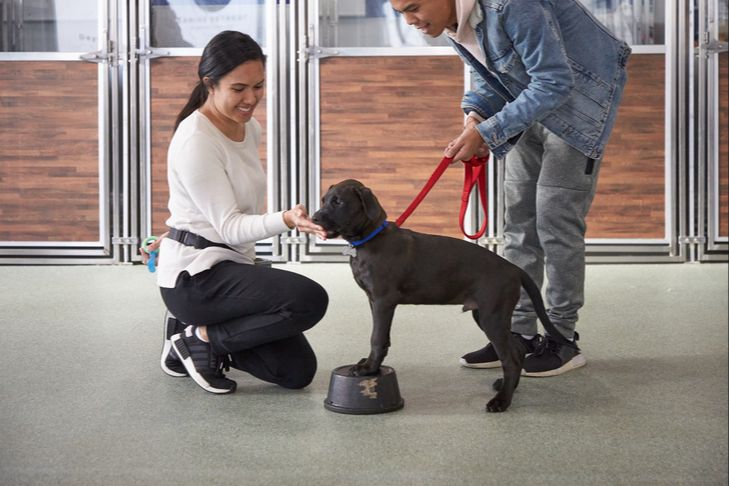
Obedience training is also essential for teaching impulse control and getting your dog’s attention focused on you. Work on basic cues like sit, stay, and heel starting as young as 8 weeks old. Setting these foundations will allow you to redirect your dog’s attention when encountering triggers on walks.
Finally, desensitization involves gradually exposing your dog to triggers at a distance where they don’t react. For example, you might start by sitting across the street from a dog park, treating and praising for calm behavior. Over multiple sessions, as your dog learns to remain relaxed, you can slowly decrease the distance to the trigger. This counterconditions the dog to associate other dogs with rewards rather than reacting (Managing a leash-reactive dog).
Management Techniques
When walking a leash reactive dog, it’s important not to scold or punish them for reacting. Dogs react out of fear, so punishment will only make the fear worse. Instead, remain calm and create distance from triggers. Turn and walk in the opposite direction to prevent your dog from reacting in the first place. If your dog does react, gently guide them away while speaking calmly and providing treats. The key is to stay relaxed, prevent reactions when possible, and motivate your dog with positive reinforcement.
Some good management techniques include (source: https://www.animalhumanesociety.org/resource/managing-leash-reactive-dog):
- Practicing getting your dog’s attention before walks using treats or toys
- Remaining vigilant and not waiting for your dog to react before intervening
- Increasing distance from triggers and turning around
- Using high-value treats to redirect your dog’s attention
With time and consistency, staying calm, preventing reactions, and rewarding good behavior can help a leash reactive dog gain confidence and learn to ignore triggers.
Reactive Rover Protocol
The Reactive Rover Protocol is a highly structured counterconditioning and desensitization program developed by dog trainers to help dogs overcome leash reactivity (Animal Humane Society). The goal is to change the dog’s emotional response to seeing other dogs on walks from fear/aggression to happy anticipation.
The program focuses on creating enough distance from other dogs so the reactive dog is under threshold (not reacting). Treats are given when the dog notices another dog at a distance but stays calm. The distance is slowly decreased as the dog builds confidence. If the dog starts to react again, more distance is added.
The training takes place over 4-6 weeks with homework exercises. Each session focuses on counterconditioning the dog in controlled setups. The dog is taught solid obedience cues like “watch me” to maintain focus on the handler. The last steps involve proofing the training in real world conditions.
When properly implemented, the Reactive Rover protocol can successfully transform a dog’s leash reactivity. It requires patience, consistency and a commitment to regular training. But it provides a clear roadmap to help reactive dogs coexist more peacefully on leash. The program is available through some training facilities or can be followed using online instructional resources.
Medications
Medications can sometimes be helpful for treating severe leash reactivity when used in combination with training techniques. According to this veterinary resource, medications may be considered when the dog’s reactions are intense, don’t respond sufficiently to training alone, or put the dog or others in danger.
Some commonly prescribed medications for leash reactivity include:
- Fluoxetine (Prozac) – This SSRI can help reduce anxiety and make the dog more receptive to training.
- Trazodone – This sedative may be given prior to walks to calm the dog.
- Clonidine – This blood pressure medication can help relieve anxiety.
It’s important to work closely with your veterinarian to determine if medication could be helpful for your reactive dog. The medication can be used in conjunction with training to help maximize your dog’s progress.
Equipment
Using the proper equipment can help make walks with a reactive dog safer and more manageable. Many trainers recommend using a front-clip harness like the Easy Walk or Sense-ation harness, which helps redirect a dog’s forward momentum if they lunge or pull.
A slip lead or martingale collar may also discourage pulling while still giving you control. Check the fit carefully to avoid choking. Some trainers like using a double clip leash to give extra leverage.
Longer leashes of 10-30 feet can create more space from triggers. Pair them with a waist belt so you don’t drop the leash if your dog lunges. Use barrier tools like a red or yellow ribbon leash and a vest saying “NERVOUS” to signal that your dog needs space.
A basket muzzle protects others if your dog were to bite while also avoiding pain from corrective tools. Introduce it gradually with positive association. There are many brands, but make sure to get the right size and shape.
Consider ThunderShirts, pheromone collars, or calming supplements to take the edge off a stressful walk. But don’t rely solely on equipment without also actively training.
Living with a Reactive Dog
Living with a reactive dog can be challenging, but with patience, compassion and proper management, you can help your dog thrive. Here are some tips for co-existing happily with a reactive rover:
Stay safe. Since fearful or aggressive reactions can be unpredictable, be sure to keep your dog leashed and avoid triggers whenever possible. Don’t set your dog up to fail. Provide enough space from other dogs and use barriers like fences or trees to stay safe (Life with a Reactive Dog: Tips and Tricks
).
Have patience and understanding. Rather than punish your dog for reactive behaviors, try to understand where they are coming from. Fear, anxiety or over-arousal often drive reactivity, so respond with patience. Avoid scolding or harsh corrections (6 Ways to Calm Your Reactive Dog).
Celebrate small successes. Look for opportunities to reward calm, relaxed behavior both on and off walks. Steer clear of triggers and set up training sessions where your dog can succeed. Use high-value treats and happy praise to reinforce calm reactions near other dogs or people from a distance they can handle.

